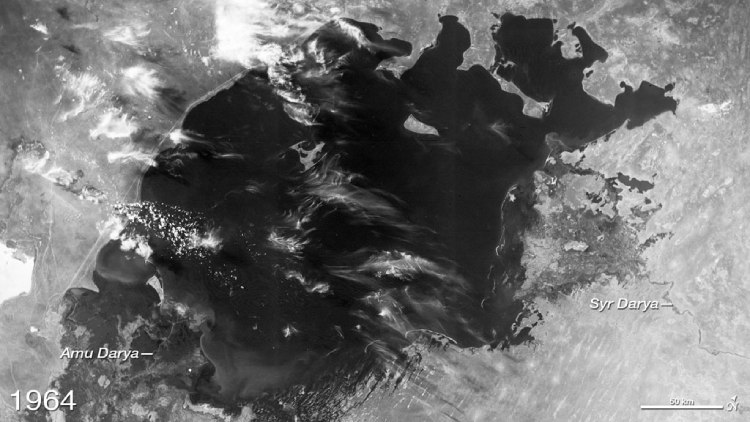The Untold Story of Vozrozhdeniya Island, a Biological Wasteland Infused with Anthrax
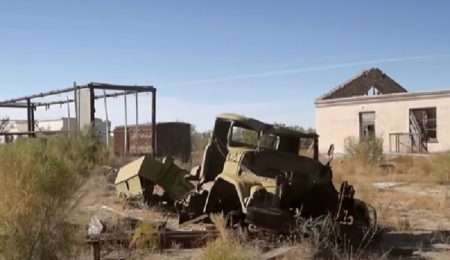
In the vast deserts of Central Asia lies a remote and mysterious island, barely visible on maps and unknown to most. But beneath its sands is a dark secret, a biological wasteland brimming with some of humanity’s most dangerous and deadly creations. This is the untold story of Voz Island, once home to a forbidden Soviet testing site called “Aralsk-7.”
Hidden here for decades was one of the largest collections of anthrax in the world. The Soviet Union carried out its most classified biological weapons experiments in this hidden site, developing dreadful diseases like smallpox. What went down in Voz Island in those final moments before its virtual disappearance? What dark horrors are buried within its borders? Let us find out.
Table of Contents
Voz Island Was Once an Isolated Island in the Aral Sea with a Bustling Fishing Town
The landscape surrounding the former island of Vozrozhdeniya, located between Kazakhstan and Uzbekistan, is bleak and harsh. Where there was once the vast Aral Sea now stretches an endless salty desert.
Long ago, Vozrozhdeniya supported a thriving fishing community with azure lagoons and plentiful fish. However, the diversion of the rivers that fed the Aral Sea towards cotton fields reduced the water level. Today, only sand and dead trees remain, contaminated by chemicals left behind as the sea receded.
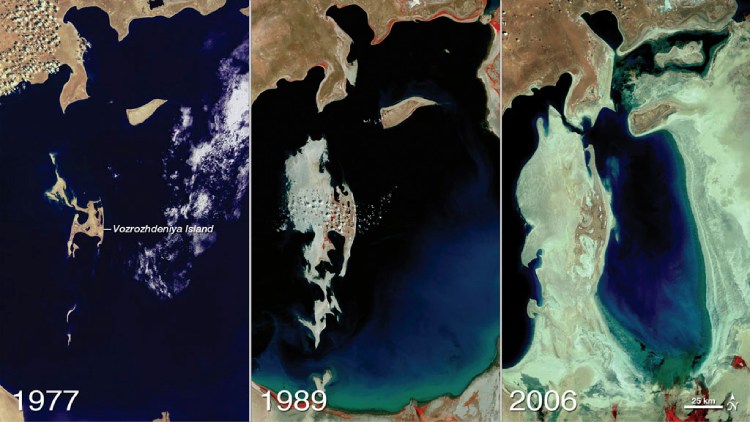
Temperatures on the barren ground reach scorching heights, with little signs of inhabitants aside from camels seeking shade beneath the skeletons of abandoned boats. Remote and uncharted, Vozrozhdeniya, known as “Aralsk-7” to the Soviets, was strategically withdrawn from maps. Its isolation made it an undetected site for activities shrouded in secrecy.
The Soviet Union Converted Voz Island into a Bio-weapon Testing Site
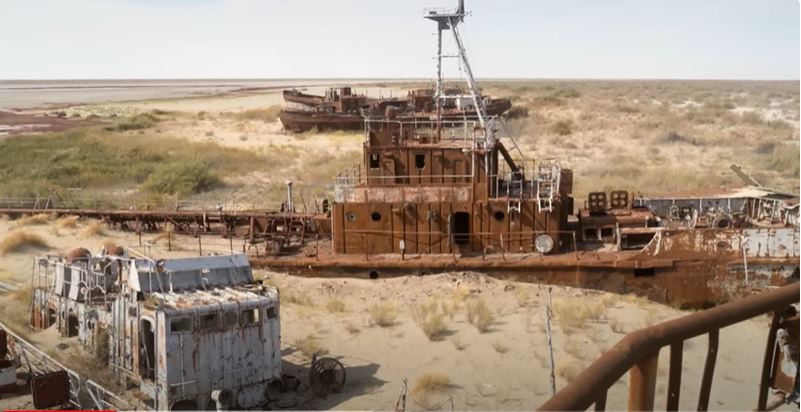
Ever since 1936, Vozrozhdeniya Island has served as a testing site for the Soviet Union’s biological weapons research. Agents such as anthrax, smallpox, plague, tularemia, brucellosis, and typhus were studied there. As a remote location unknown to outsiders until the nineteenth century, it proved strategically advantageous for such covert operations.
The island housed the world’s largest anthrax stockpile at the time. Its exact origins are unclear, but it may have been produced at a facility near present-day Yekaterinburg, Russia. The Soviet program cultivated anthrax and other pathogens on an enormous scale through multiple production plants across the nation, employing over 50,000 people.
The full scope of testing on Vozrozhdeniya remains obscured due to its hidden designation. However, its geographical remoteness and the surrounding Aral Sea undoubtedly contributed to its selection as a site for classified biological weapons experimentation during the Soviet era.
A Few Years After the Bio-Weapon Testing, Vozrozhdeniya Became the Epicenter for the Spread of Lethal Diseases
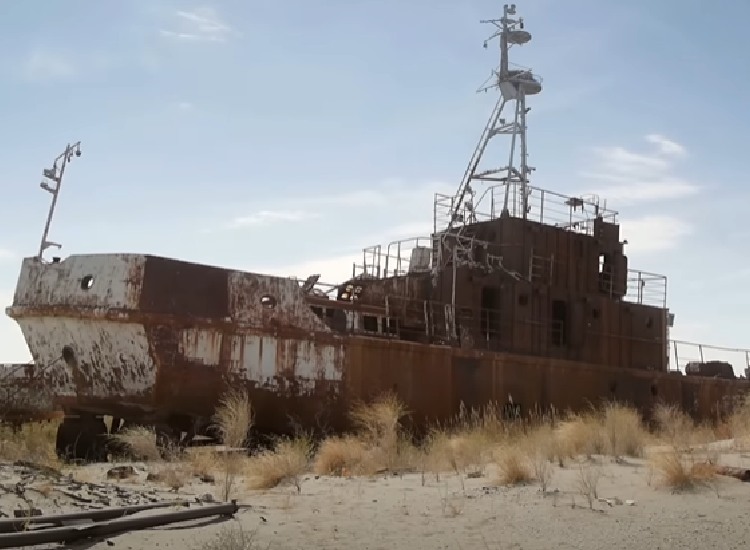
Several unusual health incidents have been connected to Vozrozhdeniya Island. In 1971, a scientist fell ill after her research vessel encountered an unidentified brown haze. She was later diagnosed with smallpox despite previous vaccination. Sadly, despite her recovery, the virus infected nine more people in her hometown, including her younger brother.
The following year, in 1972, two missing fishermen were discovered deceased in their boat, suspected to have succumbed to the plague. Local fish populations also mysteriously started dying in large numbers.
On 2nd April 1979, an invisible powder began spreading in the air from the tall chimney of the military compound over a mile outside the city limits of Sverdlovsk. Over the next few weeks, approximately 80 people of Sverdlovsk (now named Yekaterinburg) fell ill. Their symptoms seemed to be the flu at first, but they quickly worsened. People started to have organ failure and severe internal bleeding. Tragically, at least 68 people lost their lives because of this incident.
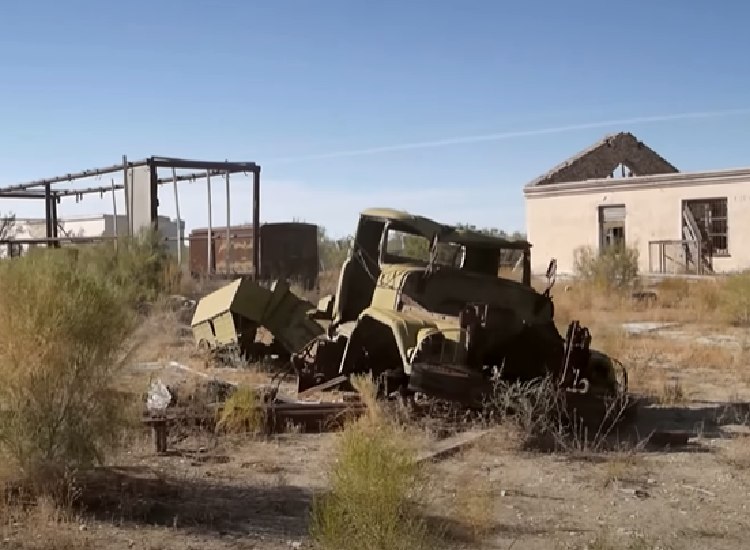
It was soon evident that this was no regular illness. Rumors were going about that a biological agent had been accidentally released into the neighborhood by the military base. Though the Soviets denied it, people believed it was anthrax, one of the most lethal bacteria known to mankind.
It was only in 1988, nine years after the alleged anthrax leak, that Soviet officials decided to decommission their biological agents stash. Mass quantities of anthrax spores, mixed with disinfectants, were transported by barge to the island. Around 100 to 200 tons of anthrax were hastily disposed of by dumping in shallow pits, then abandoned with no ongoing monitoring or precautions.
It was also in 1988 that a catastrophic event occurred – approximately 50,000 saiga antelope grazing nearby suddenly collapsed and died within the span of an hour.
Efforts Were Made to Destroy the Anthrax Spores, but it Was Already too late for Vozrozhdeniya
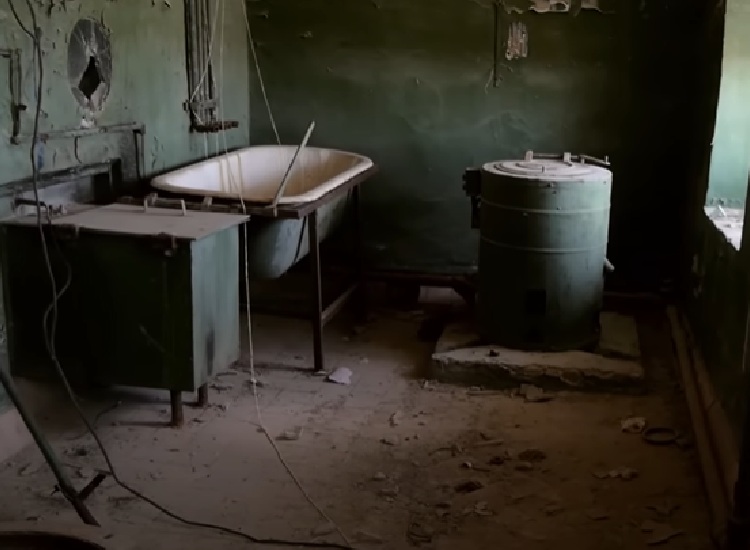
Satellite photos clearly show enormous anthrax burial pits on Vozrozhdeniya Island. Soil samples from the area tested positive for viable spores, so the U.S. pledged $6 million for a cleanup project.
Workers dug a deep trench next to the pits and lined it with plastic. Wearing protective suits, they hauled many tons of contaminated soil into the trench under the scorching 50°C heat. In all, it took 100 local workers four months to complete the cleanup project. The soil was saturated with strong bleach powder for six days, successfully eliminating the spores.
However, the whole island remains contaminated due to decades of open-air testing, not just the test site.
An expert on anthrax says traces will persist. Burial pits holding up to 100 infected animal corpses pose additional risks. An unmarked grave of a woman who died from an infectious agent adds to the lingering effects. She says simply burying animals isn’t enough. They must be placed at least two meters down to avoid spores floating back up during floods or earthworm activity spreading them through the soil over time. Thorough decontamination will be an ongoing challenge.
The Island Is Now Abandoned and Remains Contaminated from Decades of Open-Air Testing
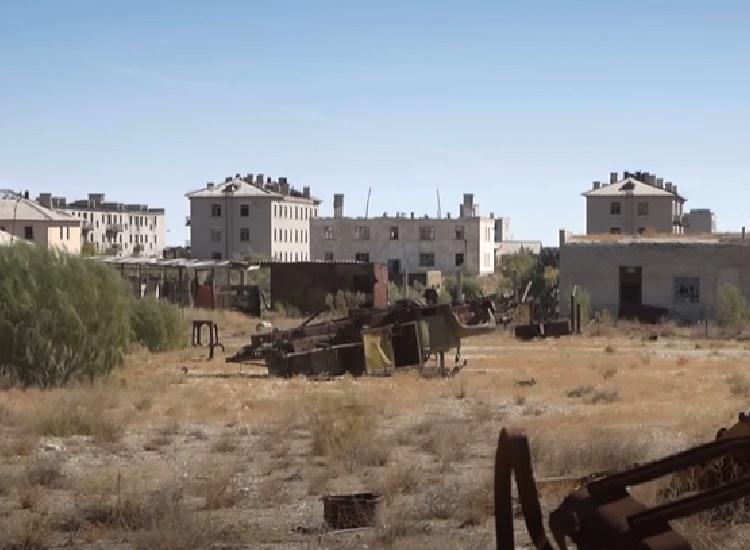
The gloomy history of Voz Island still haunts its empty shores. It used to be a tiny spot in the huge Aral Sea but grew much bigger when water projects took water away from the sea. Now, it’s connected to the mainland as a peninsula, with its land being ten times larger.
However, as we have discussed, Vozrozhdeniya is a hazardous place. It’s still hard and risky to visit the island. Local people know to stay away and don’t like to take boats across the shrinking sea to reach its empty space.
On the island are the remains of a town called Kantubek. Back then, it had houses for scientists and workers, cafeterias, and schools to pretend everything was normal. But among everyday buildings are signs of the real scary truth, i.e., faded pictures of soldiers and books about communism. Most unsettling is the immense silence, with no traces of even birds or insects. Though testing ceased long ago, dangerous pathogen residues endure.














